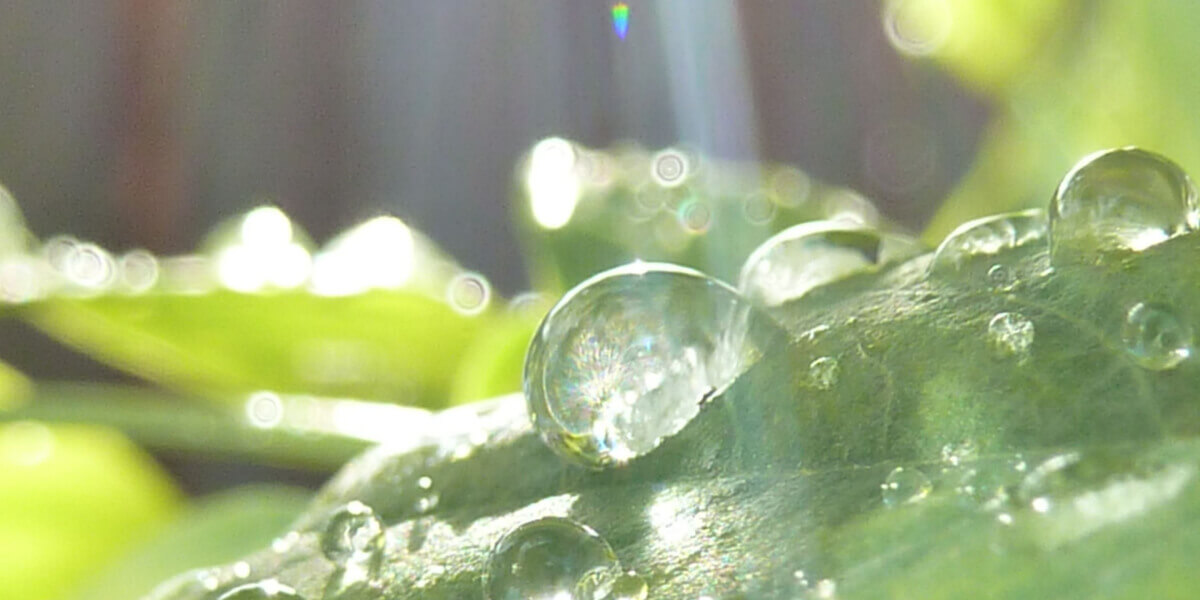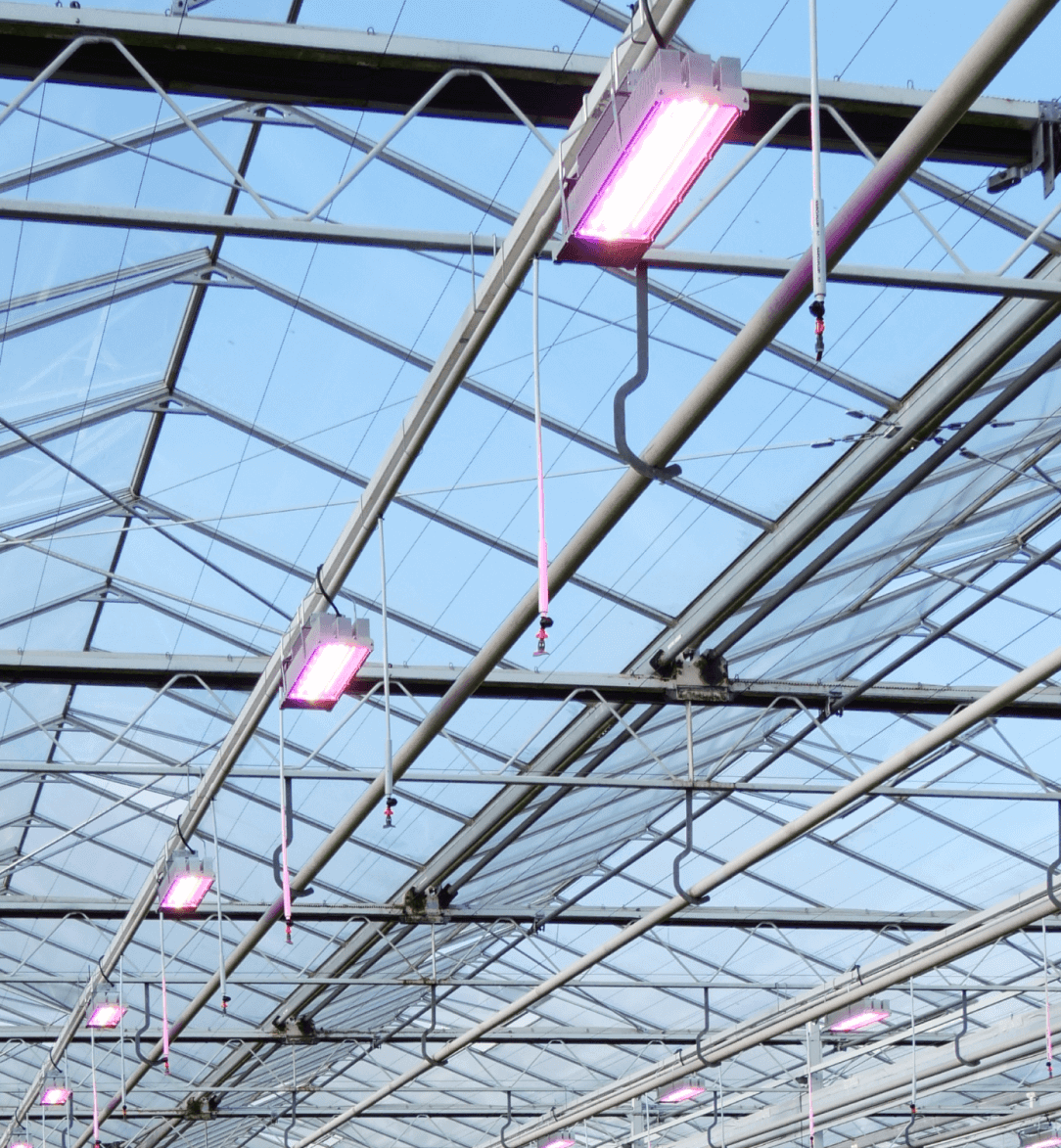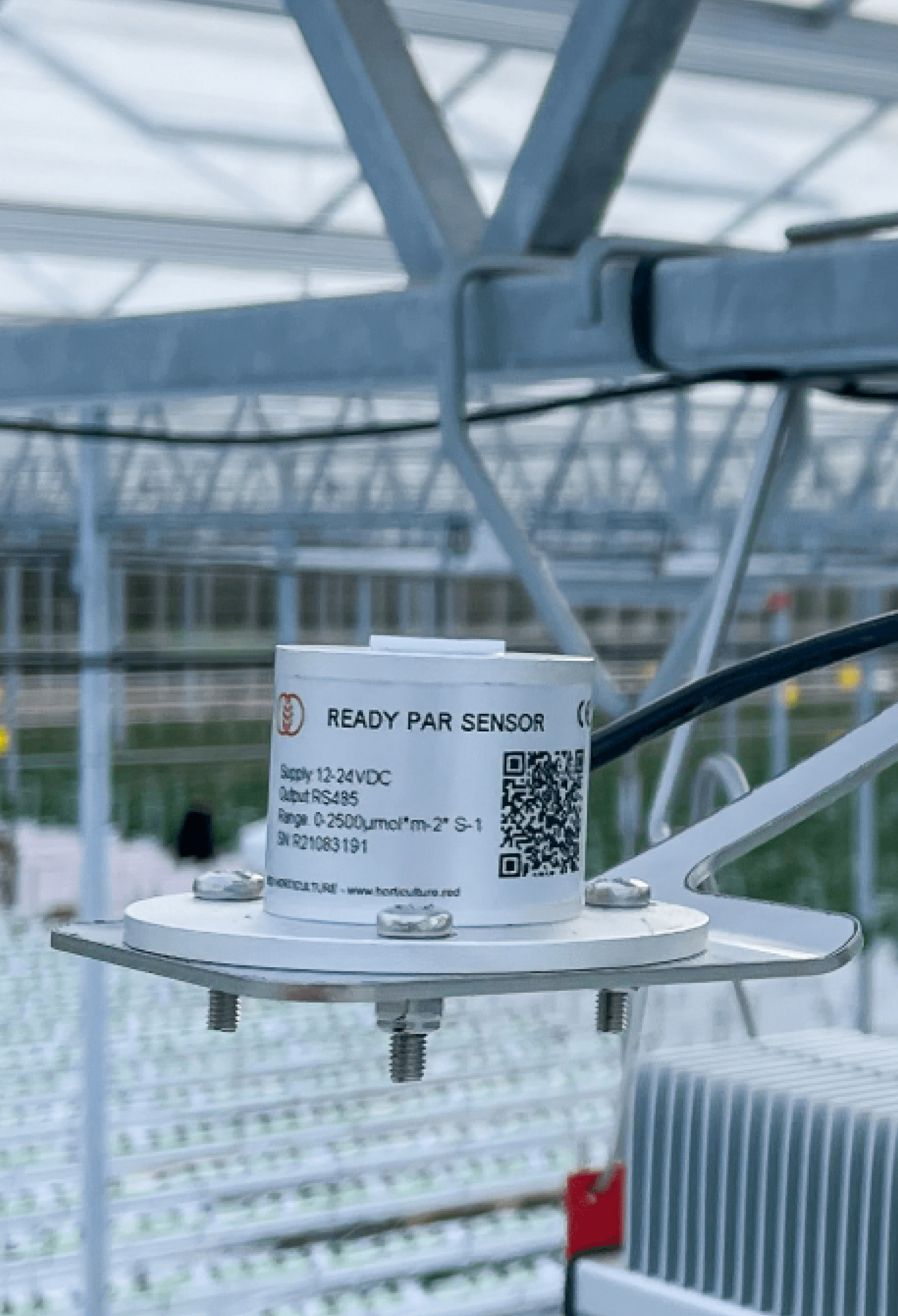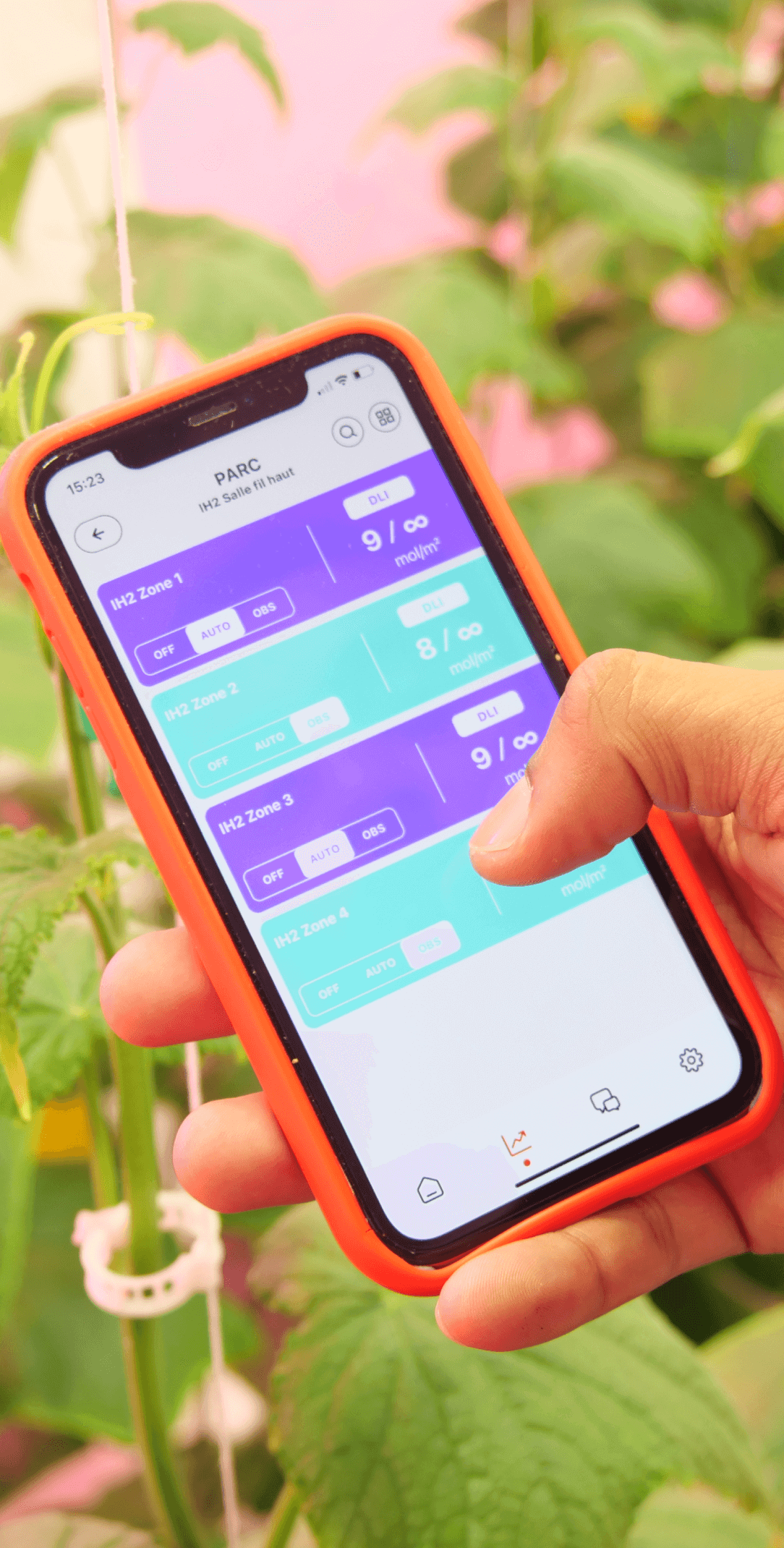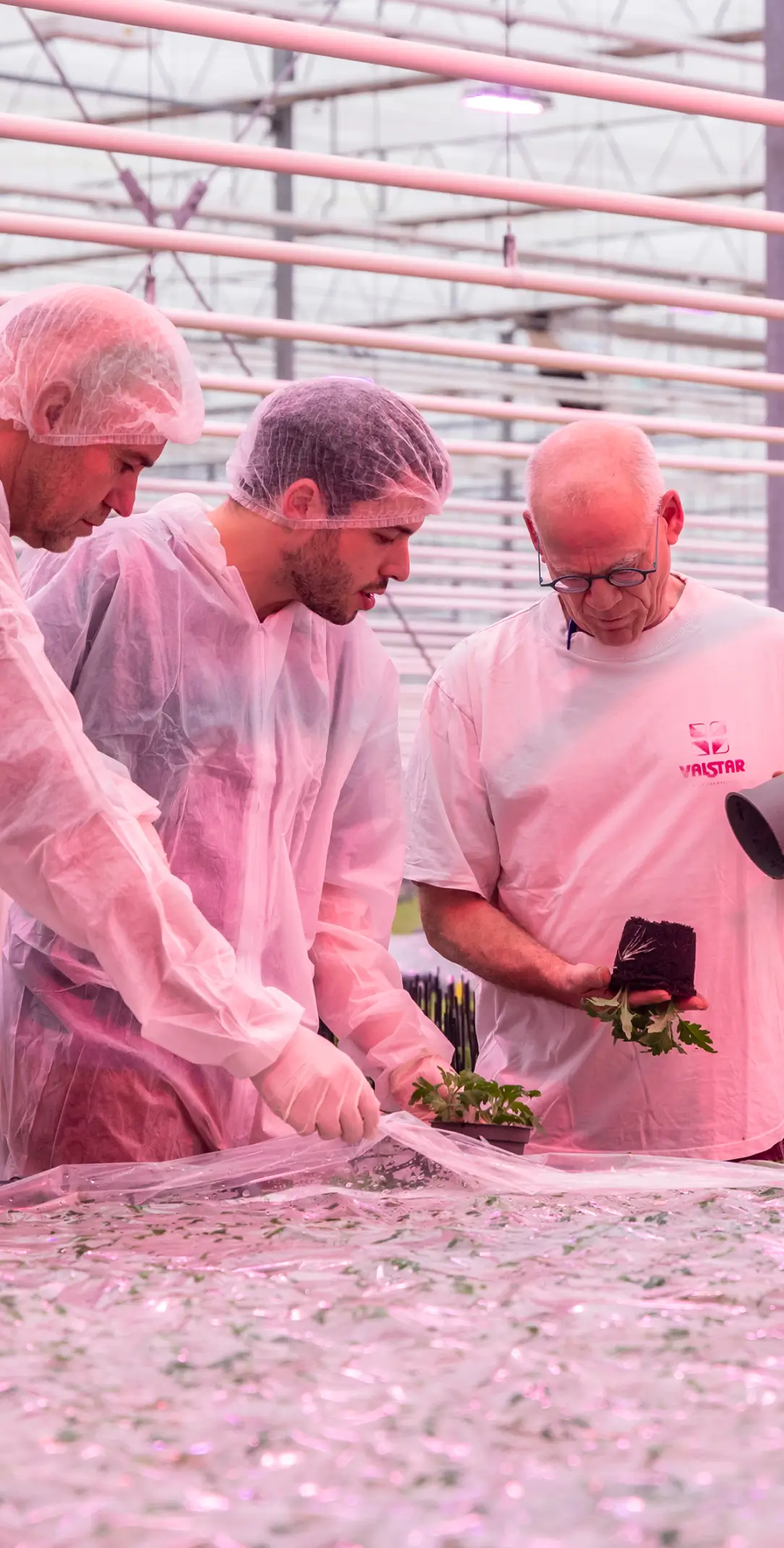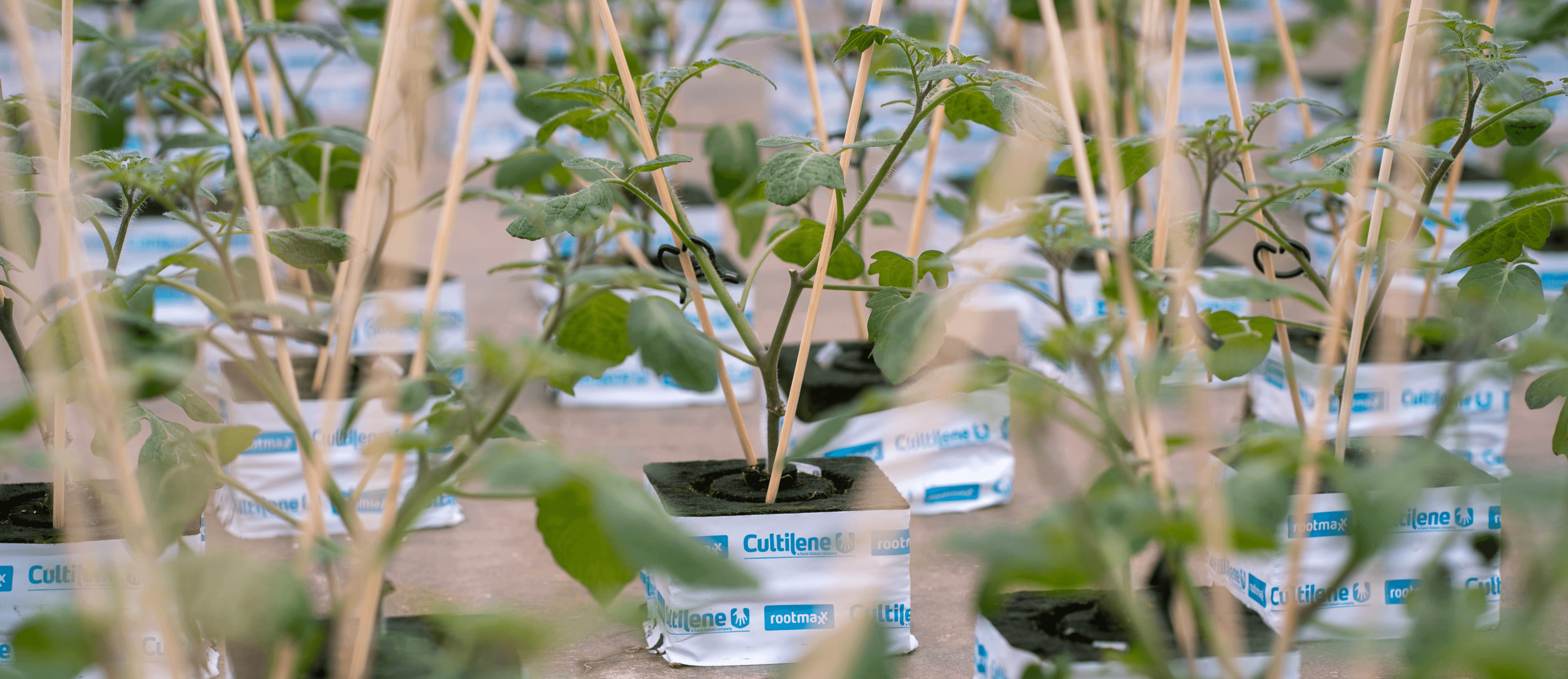
Lighting strategy for young plants
Young plants ECO & FLEX
-60%
HPS consumption
MyRED
Creation and management of growing zones
RED lighting provides us with energy savings, agronomic quality, more precise production times, and a cultivation schedule better suited to our production.
CONTROL AND OPTIMIZATION OF GROWTH STAGES:
01
Reduce energy consumption
02
Obtain high-quality young plants
03
Flexible equipment meeting the needs of all species
The cultivation of young plants is characterized by the multitude of species and varieties produced simultaneously. Each of them has specific lighting needs, both in terms of quality and quantity. Having dynamic top lighting is a must. The same flexible and cost-effective equipment can be used for all your varieties while reducing your energy consumption. Indeed, flexibility should not come at the expense of energy efficiency.
Each of the many stages of development has its own specificities:
Germination
↗ Germination percentage
↗ Mobilization of seed reserves for better emergence
↗ Homogeneity of germination
Development
↗ Elongation for grafting
↗ Stem diameter management
↗ Homogeneity of plants
↗ Vigorous plants
Recovery
↗ Survival rate
↗ Vigor
Development
↗ Architecture management
↗ Management of the vegetative/generative balance in plants with reserves
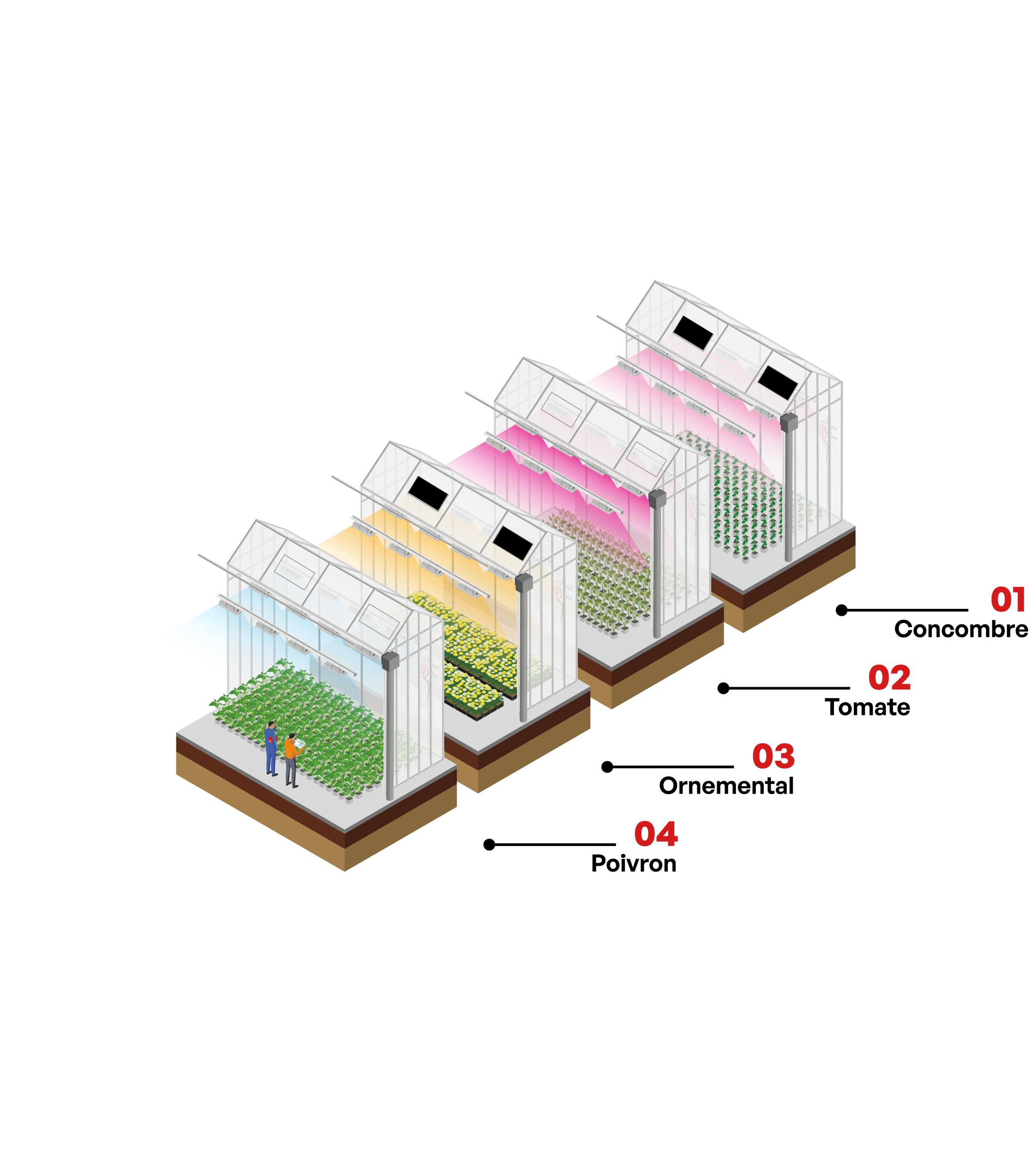
Flexibility designed to meet your unique production needs.
With a unique system, each cultivation zone has an optimized lighting strategy for your cultivation goals.
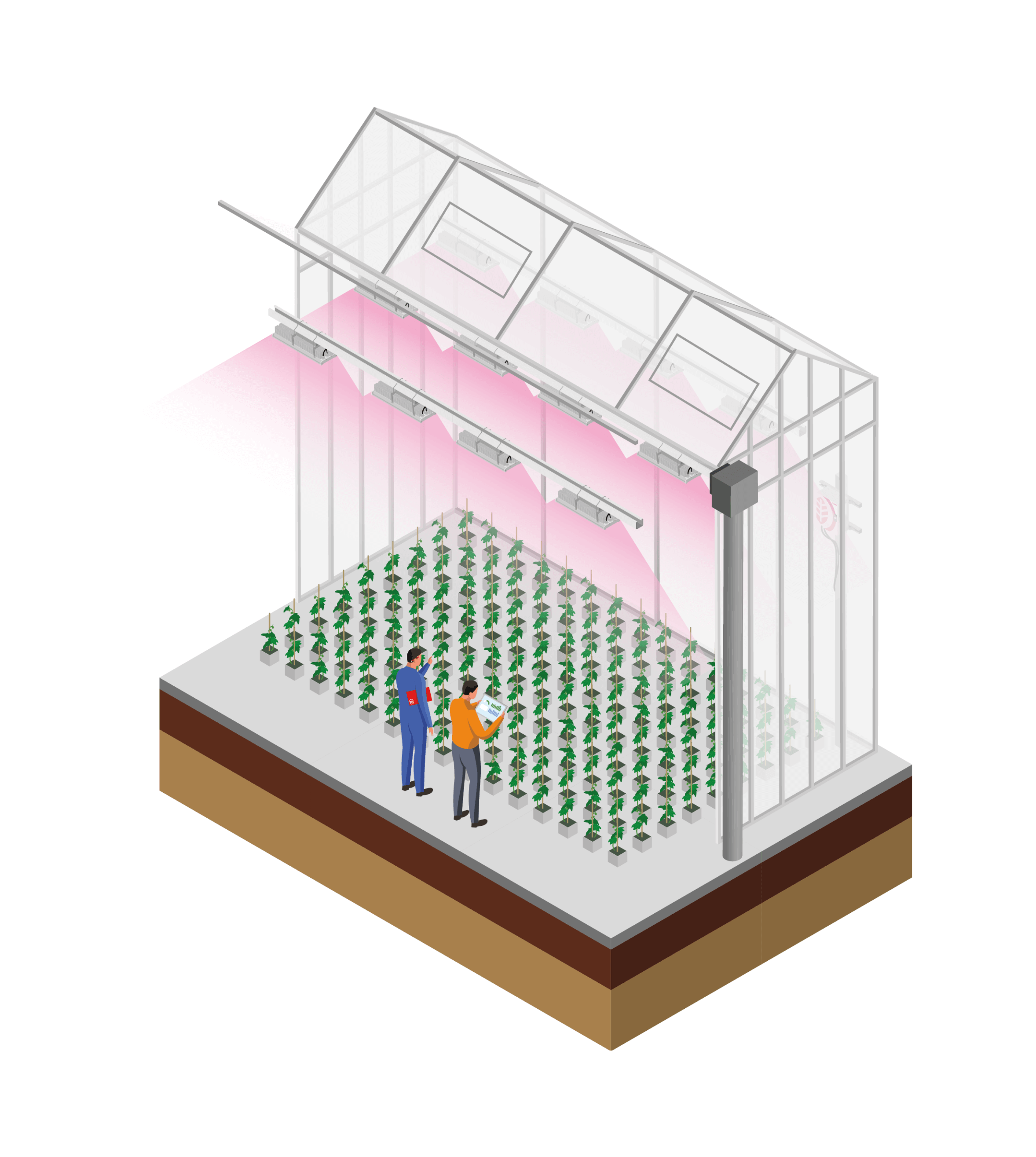
ECO&FLEX Solution
An ideal combination of products and services
They go further thanks to photobiology.
















